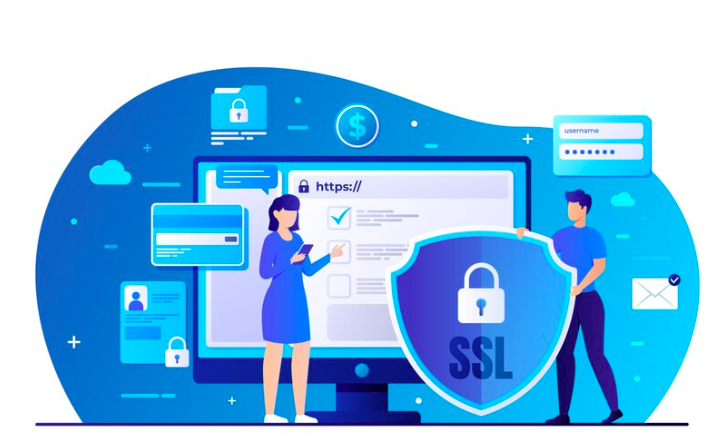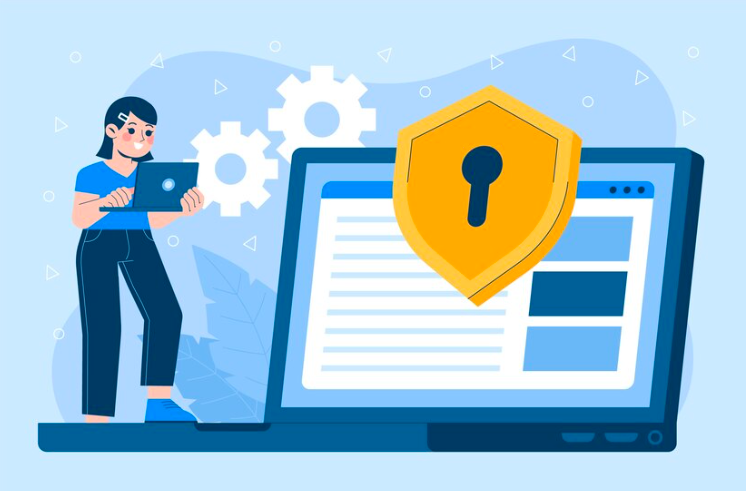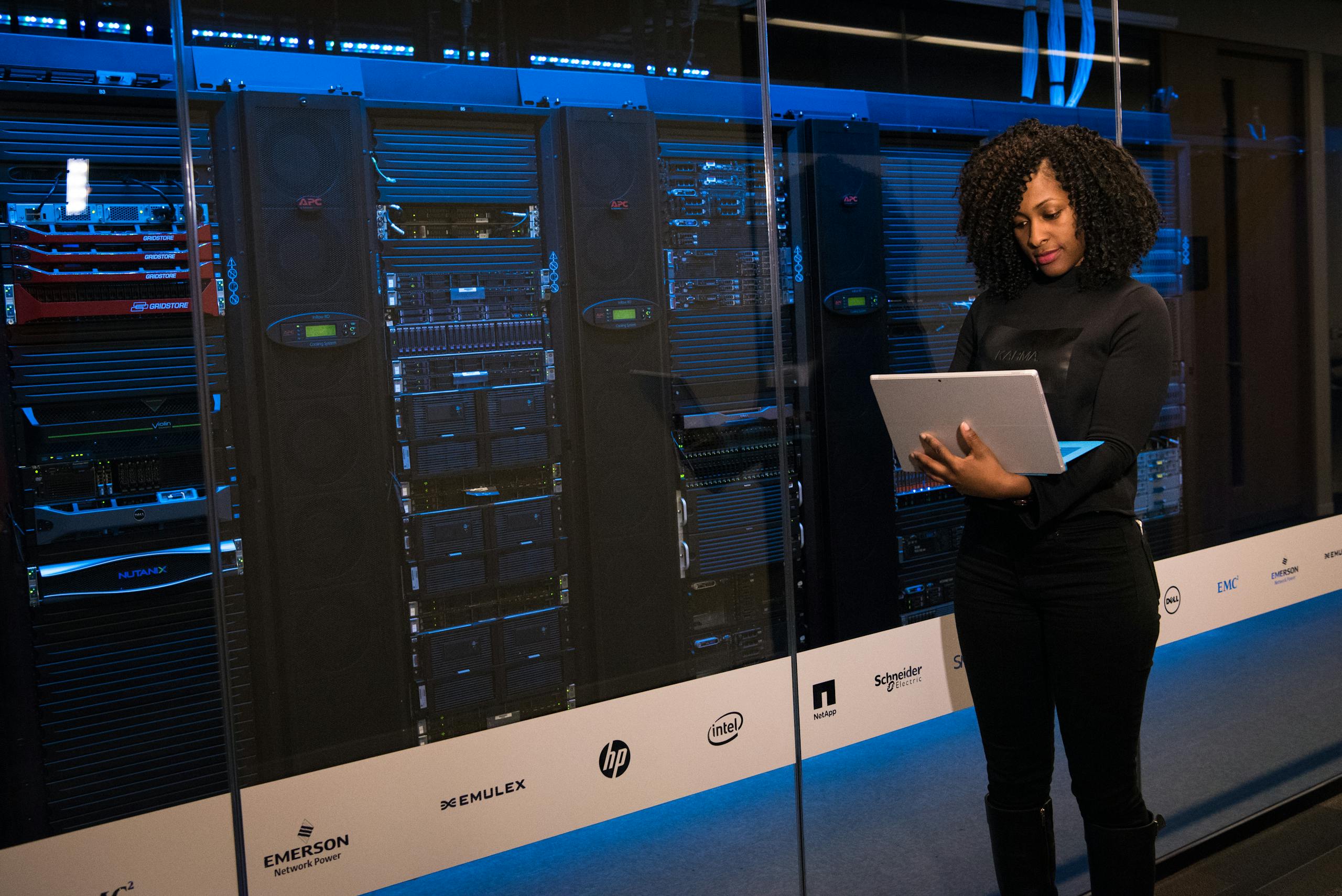In today’s world, cybersecurity attacks pose a growing threat to businesses. From the loss of confidential data to the disruption of business operations, the negative impacts can be significant.
The exposure of sensitive information can lead to a loss of customer trust, regulatory fines, and damage to the company’s reputation. Additionally, attacks can result in the disruption of critical services, loss of revenue, and recovery costs.
4 Emerging Challenges in Cybersecurity
Cybersecurity attacks can have devastating consequences for a company, affecting its ability to operate effectively and maintain the trust of its stakeholders.

Increasing Ransomware Attacks
In recent years, we have witnessed a significant increase in ransomware attacks, where cybercriminals encrypt an organization’s data and demand a ransom in exchange for its release.
These attacks can cripple critical operations and cause substantial financial and reputational damage. Organizations face the challenge of protecting their systems against this constantly evolving threat, as cybercriminals employ increasingly sophisticated tactics, such as targeted attacks and double extortion, to maximize their impact and profits.
Vulnerabilities in IoT Devices
With the exponential growth of IoT (Internet of Things) devices in homes and businesses, the risk of security vulnerabilities also increases. IoT devices, ranging from security cameras to medical devices and smart appliances, often lack adequate security measures, making them attractive targets for cybercriminals.
The diversity of devices and the lack of uniform security standards make it difficult to effectively protect these systems against potential threats, posing additional challenges for organizations in terms of risk management and user privacy protection.
Social Engineering Threats
Social engineering continues to be a commonly used tactic by cybercriminals to deceive users and gain unauthorized access to systems or confidential information. These threats can manifest through phishing emails, fraudulent phone calls, or fake messages on social media platforms.
As the sophistication of these tactics increases, organizations face the challenge of educating their employees and users on how to identify and report social engineering attempts, as well as implementing additional security measures to prevent these cybersecurity attacks. Measures such as multifactor authentication and advanced email filters are crucial in mitigating the risk of security compromise.
The Rise of Artificial Intelligence Threats
As artificial intelligence (AI) advances, new cyber threats driven by this technology emerge. Cybercriminals are leveraging AI algorithms to automate attacks, identify vulnerabilities in systems, and develop more sophisticated malware.
This can lead to an increase in the complexity and impact of cybersecurity attacks, as well as additional challenges in threat detection and mitigation.
As AI becomes a more accessible tool for cybercriminals, organizations must be prepared to confront this new reality and adapt their security strategies to protect against emerging threats driven by artificial intelligence.
Addressing Cybersecurity Challenges

Currently, facing cybersecurity attacks has become a priority for organizations.
It’s necessary to adopt a proactive approach that involves all levels of the organization in the prevention and response to possible attacks.
Effective Management of Ransomware Attacks
To address ransomware attacks, organizations must implement proactive security measures such as network segmentation, multifactor authentication, and regular data backups.
Additionally, it is crucial to educate employees on how to identify malicious emails and websites, and to have a well-defined incident response plan to minimize the impact of an attack.
Security Policies for IoT Devices
It is essential to establish clear security policies for IoT devices, including regular firmware updates and proper password configuration. Additionally, organizations should implement network security solutions that can detect and mitigate malicious traffic generated by compromised devices.
Education and Awareness of Social Engineering Threats
User education and awareness are key to mitigating social engineering threats. Organizations should provide regular training on safe online practices and how to identify potential phishing or fraud attempts. Additionally, implementing email filtering solutions and conducting phishing simulations can help improve resilience against these types of attacks.
Development of Security Solutions Against AI Threats
To address artificial intelligence threats, it is necessary to develop security solutions that utilize AI techniques to detect and respond to attacks more effectively. Additionally, it is crucial to invest in research and development to better understand how AI algorithms can be used in cybersecurity and to collaborate with the cybersecurity community to share information and best practices in detecting and mitigating these threats.
If you are looking for more specific information about mobile device security, we recommend the following article 👉 https://yeeply.com/en/blog/mobile-app-development/mobile-app-security/
Yeeply helps protect your business.
At Yeeply, we understand the challenges that businesses face in the field of cybersecurity and technology in general. That’s why we have the best remote technological talent to help you protect your company against emerging threats in the digital landscape.










